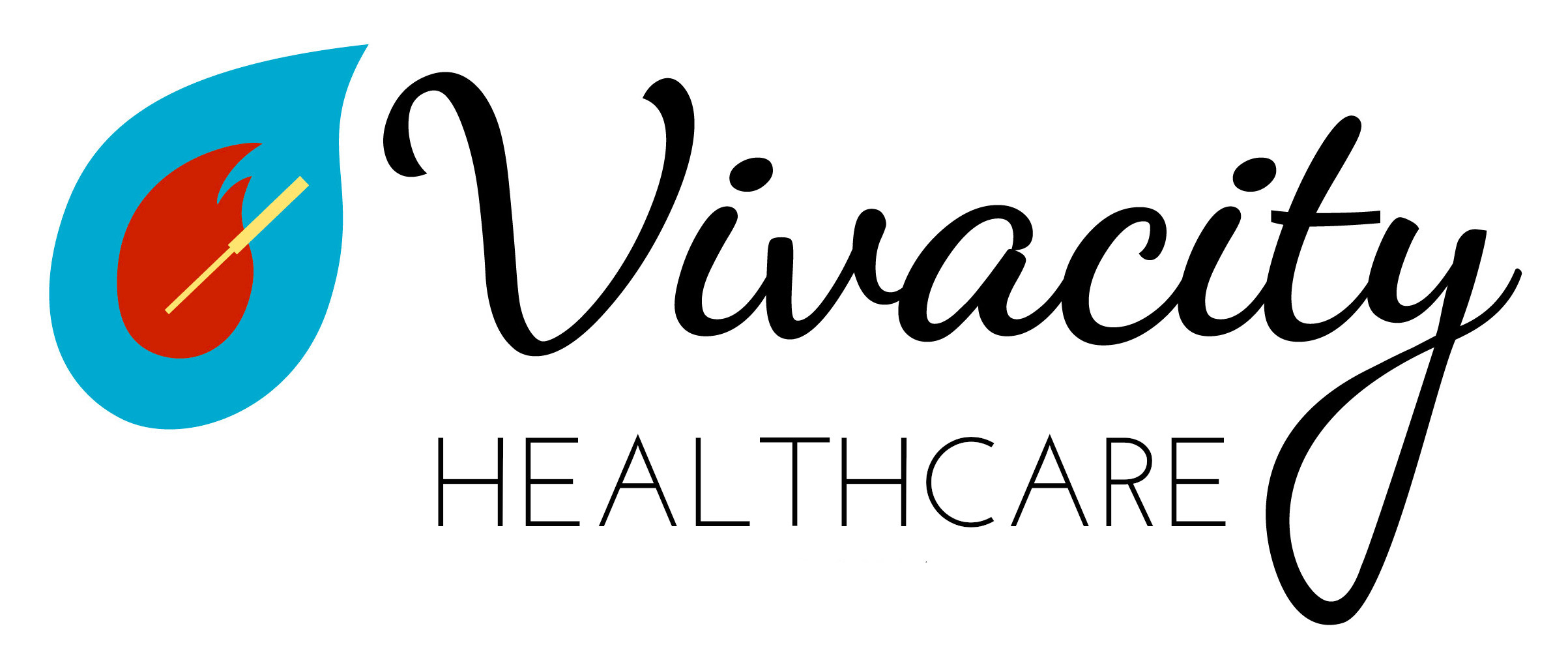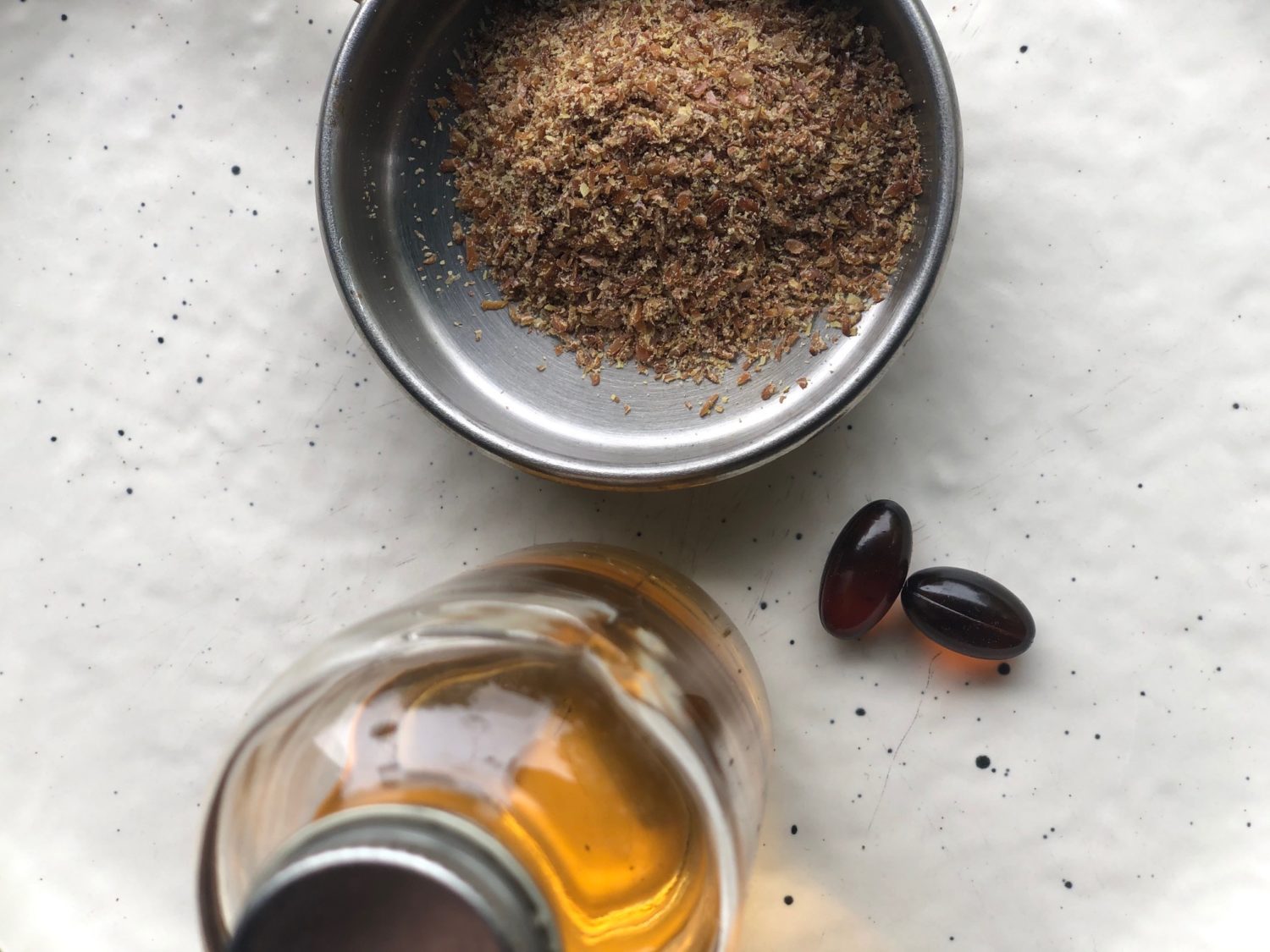It is halfway through January and the brink of a new decade! Did you set a resolution, and, if so, how is it coming along? If you haven't yet and are seeking inspiration for something new to incorporate to maximize your diet, read on about the importance of essential fatty acids. While many New Year's resolutions involve restrictions, incorporating more of these healthy fats in your diet can yield significant health benefits.
These fatty acids are ‘essential’ because they have important roles in processes like blood clotting and inflammation. However, it is not as simple as ‘the more, the better.’ Anthropological evidence suggests that the ratio human beings evolved on was somewhere around 1:1, while the common ratio today is about 16:1 [2] due in part to the prevalent usage of cheaper processed oils.
An omega-6 to omega-3 ratio that is too high may contribute to excess inflammation in the body, potentially raising the risk of various diseases including cardiovascular disease (CVD), non-alcoholic fatty liver disease (NAFLD), inflammatory bowel disease (IBD), rheumatoid arthritis, and Alzheimer’s disease [1]. This higher ratio of omega-3s may also improve mental health [3]. This is best thought of as a long-term dietary change rather than a temporary supplementation issue– all the better for making optimizing fatty acid intake a New Year’s resolution! Most people’s body fat contains significant stores of omega-6 fatty acids, and only over time will your body rid itself of them.
If there is a catchphrase to remember it is more accurately ‘less 6, more 3.’
1. The first step to balance is to limit intake of omega-6 fatty acids by using vegetable oils containing lower amounts. Flax oil is one of the few readily available oils with a higher ratio of omega 3 to 6, however, it is damaged by heat so should only be used for uncooked dishes. While olive oil has more omega 6 than 3, the ratio is better than many other sources and the smoke point is higher making it a good cooking oil– however, walnut oil and avocado oil have even lower amounts of omega-6s so switching to one of these can be helpful.
2. Secondly, increase your intake of omega-3s through diet by incorporating natural sources with significantly higher ratios of omega 3 to 6, such as flax (3.9:1) and chia seeds (3:1), or supplement with algae. Plant sources of omega-3s supply alpha-linolenic acid (ALA), the recommended dietary allowance (RDA) of which ranges from 1.1-1.6 grams because it cannot be produced by the body. Once consumed, ALA can be converted to fatty acids with more health protective effects– EPA and DHA– becoming about 5% EPA and 1% DHA. The World Health Organization recommends consuming 250 mg/day of EPA plus DHA [4]. To reach this from plant-based food sources alone, aim for a daily intake of about 4.2 grams of ALA (a few tablespoons of the aforementioned seeds). If you prefer to supplement, algae is the vegan-friendly source of EPA and DHA in sealife and is readily available as a liquid or in capsules. If you are on blood-thinning medications you should consult a doctor beforehand due to their blood thinning effect, and note that the WHO upper limit of EPA + DHA consumption is 2g/day.
References:
[1] E. Patterson et. al. “Health Implications of High Dietary Omega-6 Polyunsaturated Fatty Acids.” J Nutr Metab. 2012.; 2012: 539426.




